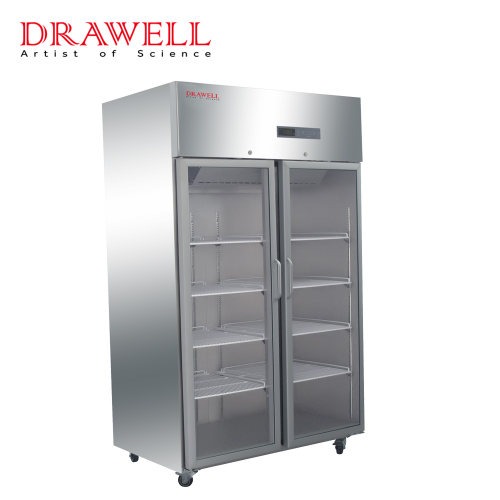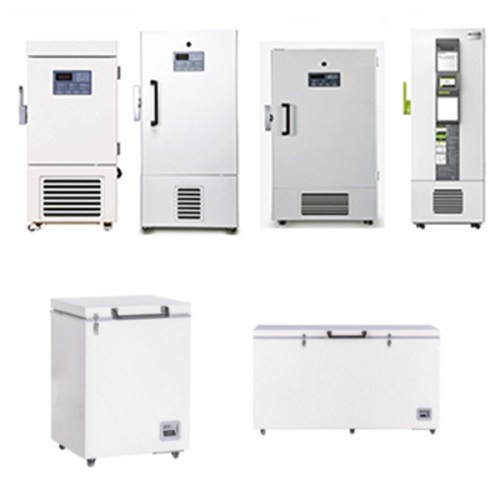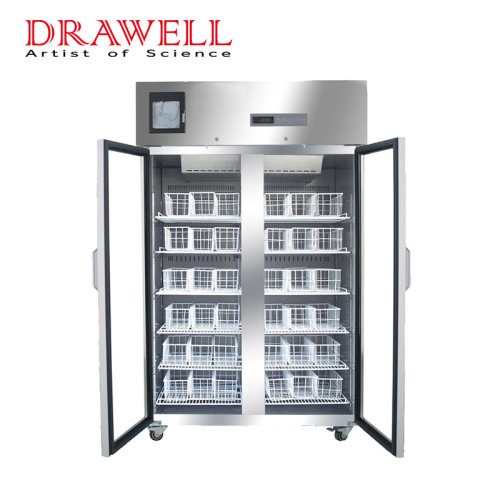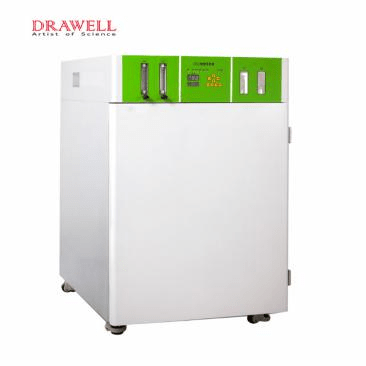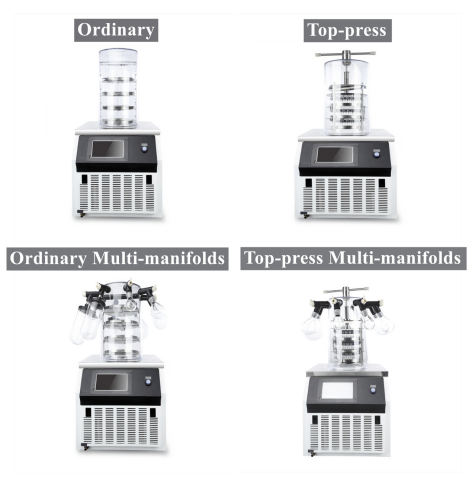Biological research relies heavily on the preservation of samples. From delicate enzymes to live cells, maintaining viability and integrity is crucial for successful experiments. This is where advancements in freezing and refrigeration equipment play a vital role. Modern laboratories benefit from a wide range of technologies that offer precise temperature control, efficient storage, and improved sample viability. In this article, we explore the evolution of freezing and refrigeration equipment, from traditional methods to cutting-edge technologies, and delve into the specialized equipment designed to meet the intricate needs of biological research.
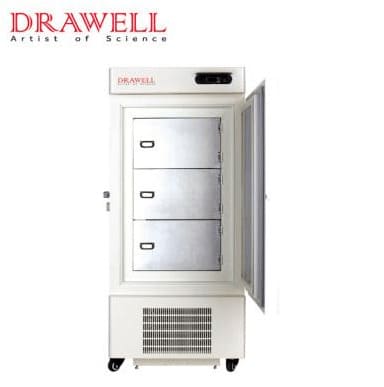
Fundamental Requirements in Biological Laboratories
Biological laboratories operate within stringent parameters, demanding precise temperature control to ensure the stability and viability of sensitive materials. Whether storing cell cultures, enzymes, vaccines, or DNA samples, maintaining consistent temperature conditions is critical to avoid degradation and maintain sample integrity. Furthermore, compliance with safety and regulatory standards adds another layer of complexity to the operation of these laboratories, necessitating equipment that meets stringent guidelines while offering optimal performance.
Traditional Freezing and Refrigeration Methods
For decades, researchers primarily relied on mechanical freezers and refrigerators. While these appliances served a basic function, they often fell short in providing the precise temperature control required for sensitive biological materials.Variations in temperature, fluctuations in humidity, and limited capacity posed challenges to researchers, leading to compromised results and wasted resources. Recognizing these limitations, the scientific community sought alternative solutions that could better cater to the unique demands of biological research.
Advanced Technologies in Freezing and Refrigeration
Advanced technologies in freezing and refrigeration have significantly enhanced the capabilities of biological laboratories, allowing for precise temperature control and optimal preservation of sensitive biological materials. Some of the key advanced technologies in freezing and refrigeration include:
- Ultra-low temperature freezers (ULT freezers):
- These freezers are capable of reaching temperatures as low as -80°C or even lower.
- They offer precise temperature control, typically with microprocessor-based digital controllers.
- ULT freezers utilize advanced insulation materials and efficient cooling systems to maintain uniform temperature distribution throughout the storage compartment.
- They often feature alarm systems to alert users of temperature deviations, ensuring the safety of stored samples.
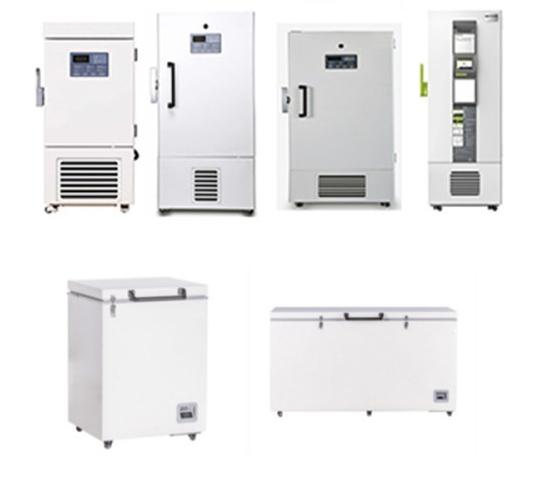
2. Cryopreservation systems:
- Cryopreservation involves preserving biological materials at extremely low temperatures, usually below -130°C.
- Specialized cryopreservation systems utilize cryogenic storage techniques to halt biological processes effectively, preserving the integrity of cells, tissues, and even whole organisms.
- These systems typically involve the use of cryoprotectants to prevent ice crystal formation and cellular damage during freezing and thawing processes.
- Cryopreservation systems may include controlled-rate freezers, cryogenic storage tanks, and automated sample handling systems.
3. Controlled-rate freezers:
- Controlled-rate freezers are designed to freeze biological samples at precise and programmable cooling rates.
- They offer precise temperature control and uniform cooling, minimizing cellular damage and preserving sample integrity.
- Controlled-rate freezers are particularly useful for cryopreserving cells, tissues, and other temperature-sensitive materials, allowing researchers to maintain optimal conditions throughout the freezing process.
4. Vacuum cooling systems:
- Vacuum cooling systems utilize the principle of evaporative cooling to rapidly cool biological samples.
- By creating a vacuum environment, these systems lower the boiling point of water, facilitating rapid evaporation and cooling of samples.
- Vacuum cooling systems are often used for quick chilling of biological samples before storage or analysis, minimizing the risk of cellular damage due to prolonged exposure to higher temperatures.
5. Thermoelectric cooling technology:
- Thermoelectric cooling technology utilizes the Peltier effect to achieve precise temperature control without the need for compressors or refrigerants.
- These systems are compact, energy-efficient, and environmentally friendly, making them suitable for small-scale applications and portable devices.
- Thermoelectric cooling technology is often employed in miniaturized refrigeration units for point-of-care diagnostic devices, field research equipment, and portable bioreactors.
These advanced technologies have revolutionized the way biological laboratories preserve and store their valuable samples and reagents, offering improved efficiency, reliability, and sample integrity. By leveraging these innovations, researchers can enhance the reproducibility of experiments, accelerate scientific discoveries, and advance our understanding of biological systems.

Specialized Equipment for Biological Laboratories
Specialized equipment tailored to the unique needs of biological laboratories plays a crucial role in research, experimentation, and sample preservation. Here are some examples of specialized equipment commonly found in biological laboratories:
- -80°C and -20°C Freezers:
- These freezers are designed to maintain ultra-low temperatures, typically at -80°C or -20°C, for long-term storage of biological samples, reagents, and enzymes.
- They feature robust insulation, advanced temperature control systems, and alarm functions to ensure sample integrity and safety.
- -80°C freezers are commonly used for storing cell lines, DNA samples, proteins, and other temperature-sensitive materials requiring long-term preservation.
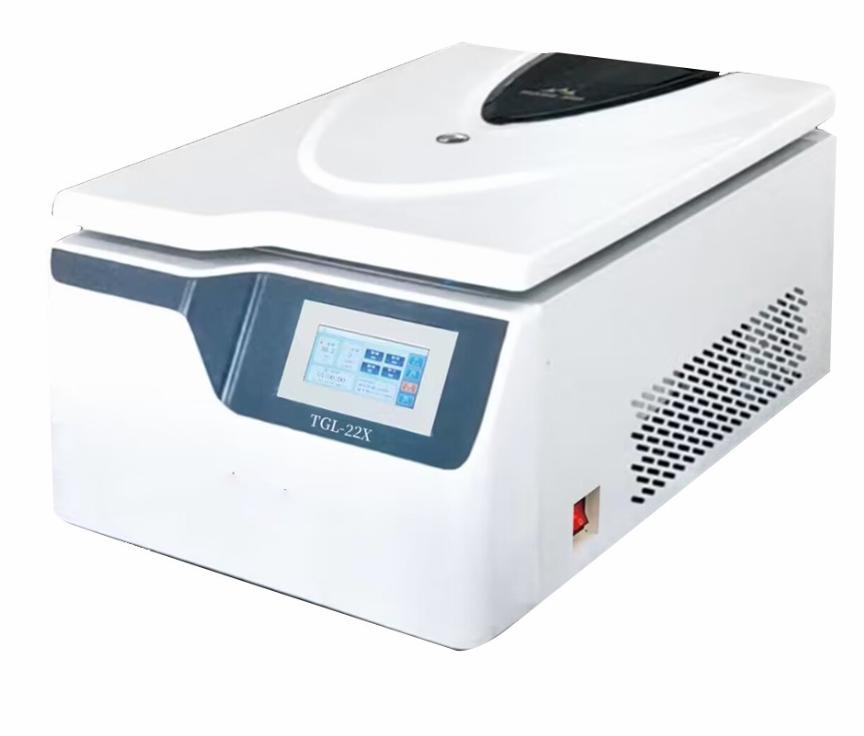
Intelligent High & Low Speed Refrigerated Centrifuge
- Refrigerated centrifuges are essential tools for separating biological samples based on size, density, and molecular weight.
- They feature temperature-controlled chambers to prevent sample degradation during centrifugation, making them suitable for applications such as cell isolation, protein purification, and DNA/RNA extraction.
- Refrigerated centrifuges come with various rotor configurations and speed settings to accommodate diverse research needs.
3. Cold Storage Cabinets:
- Cold storage cabinets provide temperature-controlled storage for items such as reagents, antibodies, buffers, and culture media.
- These cabinets maintain consistent temperatures ranging from refrigeration to ambient levels, ensuring the stability of temperature-sensitive materials.
- Cold storage cabinets are equipped with adjustable shelves, temperature monitoring systems, and door locks for secure storage of valuable laboratory supplies.
4. Incubators:
- Incubators create controlled environments for cell culture, microbiological experiments, and biochemical assays.
- They offer precise temperature, humidity, and CO2 control to mimic physiological conditions necessary for cell growth and proliferation.
- Incubators may include shaking or rocking platforms for homogeneous cell culture mixing and optional HEPA filtration to maintain sterility.
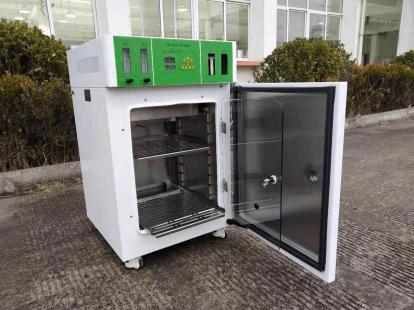
5. Liquid Nitrogen Dewars:
- Liquid nitrogen dewars are used for the storage and transportation of biological samples at ultra-low temperatures.
- These insulated containers can maintain temperatures as low as -196°C, making them ideal for long-term preservation of cells, tissues, and biological specimens.
- Liquid nitrogen dewars come in various sizes and configurations, including portable models for field research applications.
6. Cryogenic Storage Systems:
- Cryogenic storage systems utilize liquid nitrogen or other cryogenic fluids to maintain extremely low temperatures for the preservation of biological materials.
- They include cryogenic storage tanks, vials, and racks designed to safely store samples in a vapor-phase or liquid-phase nitrogen environment.
- Cryogenic storage systems are essential for cryopreservation of stem cells, tissue samples, and embryos in research, biobanking, and assisted reproductive technology (ART) applications.
These specialized equipment pieces are indispensable for conducting a wide range of biological experiments, preserving valuable samples, and maintaining the integrity of biological materials in laboratory settings. Their precision, reliability, and advanced features contribute to the success of scientific research and innovation in the field of biology.

Considerations for Selection and Maintenance
When selecting and maintaining freezing and refrigeration equipment for biological laboratories, several important considerations must be taken into account to ensure optimal performance, sample integrity, and safety. Here are some key considerations:
Selection:
- Temperature Range: Ensure that the equipment can maintain the required temperature range for the intended applications. Different biological materials may have specific temperature requirements, so select equipment that can accommodate these variations.
- Capacity: Consider the volume of samples and reagents that need to be stored or processed. Choose equipment with sufficient capacity to meet current needs and allow for future expansion.
- Temperature Uniformity: Look for equipment with uniform temperature distribution throughout the storage or processing chamber. This ensures consistent conditions for all samples and minimizes the risk of temperature gradients affecting sample integrity.
- Energy Efficiency: Opt for energy-efficient models to reduce operating costs and minimize environmental impact. Look for equipment with energy-saving features such as efficient insulation, low-power consumption components, and programmable temperature settings.
- Safety Features: Prioritize equipment with built-in safety features such as alarms for temperature deviations, door ajar alerts, and backup power systems. These features help prevent sample loss and ensure compliance with regulatory standards.
- Regulatory Compliance: Ensure that the equipment meets relevant safety and regulatory standards, such as FDA regulations for medical devices or Good Laboratory Practice (GLP) guidelines. This is especially important for laboratories conducting research involving human samples or clinical trials.
- Ease of Use: Choose equipment that is user-friendly and easy to operate, with intuitive controls and clear instructions. This facilitates efficient workflow and reduces the risk of user errors.
- Warranty and Service: Consider the warranty coverage and availability of service and support from the manufacturer. Look for reputable brands with a track record of reliability and prompt customer service.
Maintenance:
Regular Inspection: Conduct routine inspections of the equipment to check for signs of wear, damage, or malfunction. Inspect seals, gaskets, and insulation for any leaks or deterioration that could compromise temperature stability.
- Calibration: Regularly calibrate temperature sensors and controls to ensure accuracy and consistency. Follow manufacturer guidelines for calibration intervals and procedures, and keep detailed records of calibration activities.
- Cleaning and Sanitization: Clean equipment regularly to remove dust, debris, and biological contaminants that can affect performance and sample quality. Use recommended cleaning agents and follow proper disinfection protocols to prevent cross-contamination.
- Defrosting: If applicable, follow a regular defrosting schedule to remove ice buildup and maintain optimal airflow and cooling efficiency. Avoid excessive frost accumulation, which can impair temperature control and lead to equipment damage.
- Ventilation: Ensure proper ventilation around the equipment to prevent overheating and allow for efficient heat dissipation. Keep air vents and cooling coils free from obstructions and ensure adequate airflow in the laboratory space.
- Training: Provide training to laboratory personnel on proper equipment operation, maintenance procedures, and safety protocols. Empower users to recognize and report any issues promptly to prevent potential problems.
- Emergency Preparedness: Develop contingency plans for power outages, equipment failures, or other emergencies that may affect temperature control. Maintain backup power sources, emergency contact information, and contingency protocols to minimize disruptions and prevent sample loss.
By carefully considering these factors during the selection and maintenance of freezing and refrigeration equipment, biological laboratories can ensure reliable performance, sample integrity, and compliance with regulatory standards, ultimately supporting the success of scientific research and experimentation.
Conclusion
Advancements in freezing and refrigeration technologies empower researchers with unprecedented control over sample storage. Modern equipment offers precise temperature control, improved sample viability, and increased energy efficiency. By selecting the right equipment and implementing proper maintenance procedures, laboratories can ensure the integrity of their valuable biological samples for successful research endeavors.


